
GUSTO HISTORICO: Is a new brand excitedly introduced into the USA early 2021, which showcases several old and very well respected Maestros Mezcaleros whose names are well recognized for the quality of their mezcales or in this case “destilados de agave”. Gusto Historico ( or “Historic Taste”) is in fact the new project from Marco Ochoa, co-founder and former owner of Mezcaloteca. The concept behind Gusto Historico is simple: that is to focus on the historic taste and aromas in mezcales based on the communities where they are produced using the traditional distillation techniques of those communities. These destilados will be made in the traditional way, which means that the majority of them will be field blends…with a few exceptions such as, Arroqueno, which for special occasions was done as a single agave production or otherwise simply when it is considered a unique agave by the maestro.
Upon launching, the two main Maestros Mezcaleros for Gusto Historico are Victor Ramos and Emanuel Ramos (father and son) from Mengoli, Miahuatlan. Their destilados will be made in the way that they have always made them – in their copper pot stills with refrescadera (think single distilled with two condensations in a single pass). Gusto Historico will also debut many other prestigious maestros from Miahuatlan (Juan Vázquez, Juan García, Eusebio Santos, etc) and as the brand delevops we will see destilados from other communities like Ejutla (Virgilio Velasco). Where Marco takes this project, given he is one of the true pioneers in sourcing rural and small batch productions from all over, is truly going to be a delicious and explosive spectacle to behold.
Jabali
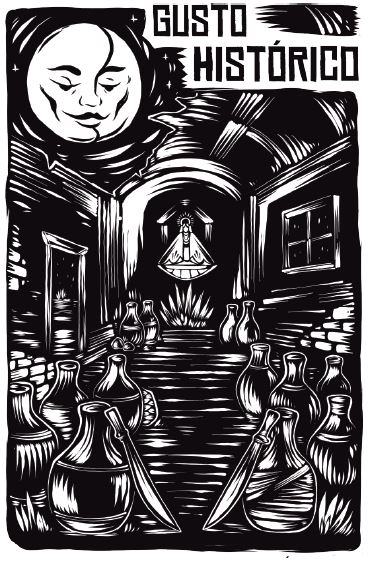
Besides using the heart of this agave for mezcal production, in the past the fiber from agave leaves was extracted and used to make rope. Maguey Jabalí, a specie endemic to Oaxaca, is very difficult to produce mezcal with due its high saponin content, it creates a foam which can easily overflow the still during production. Tío Juan Vázquez gives us a production of traditional mezcal made from Jabalí that is the result of the biocultural relationship established and developed over time between a plant and a community.
Maestro Mezcalero: Juan Vázquez
Region: Miahuatlán, Sierra Sur de Oaxaca
Town: San José Rancho Nuevo
Climate: Semi arid
Altitude: 1700 msnm
Magueys: Agave convallis
Cooking method: Earth oven/mezquite wood
Mash: Stone mill pulled by animals
Fermentation: Natural, in sabino wood tanks, well water and wild yeast
Distillation: (2) in a copper still
Alcoholic adjustment: Puntas and shishe / 49.1% Alc./Vol.
Date of production: March 2021 / 200 L
Mexicano, Bicuixe, y Tobaxiche Amarillo

Tío Juan García belongs to the old school of maestros mezcaleros in an area that is situated on the road that connects the towns of Ejutla and Miahuatlán today, which is the same trail that previously crisscrossed through many rancherías that are famous in the area for using the copper reflux still. This production is a sample of how mezcals were made in the past as Tío Juan still preserves the old methods of production of the region and continues to make mezcal just as before, just like the mezcals consumed by arrieros and townspeople of old who walked the same path through the Sierra Sur of Oaxaca.
Maestro Mezcalero:Juan García
Region:Miahuatlán, Sierra Sur de Oaxaca
Town: San Guillermo
Climate: Semi dry with summer rains
Altitude: 1520 msnm
Magueys: A. rhodacantha, A. karwinskii sp, and A. karwinskii
Cooking method: Earth oven/mezquite and guamuche wood
Mash: Stone mill pulled by animals
Fermentation: Natural, in sabino wood tanks, well water and wild yeast
Distillation: (1) in a copper reflux still
Alcoholic adjustment: Cordón / 46.8% Alc./Vol.
Date of production:.October 2020 / 200 L
Bicuixe
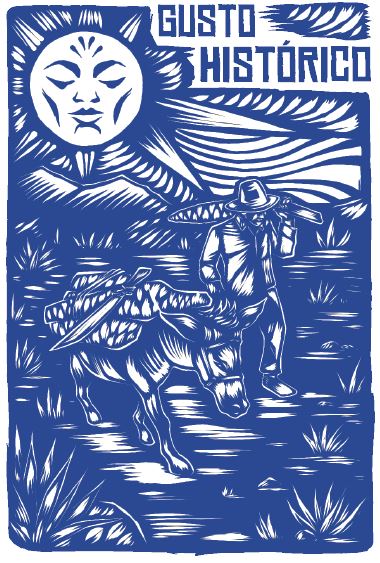
The agricultural management of magueyes like Bicuixe as well as other varieties of A. karwinskii used for mezcal production, has reached a high level of skill and sophistication in the area of Miahuatlán, which is due not only to a set of favorable conditions in the area like soil, water, and climate, but additionally due to the work carried out by mezcal producers like maestro Tío Eusebio Santos, for whom this plant has remained a favorite due to its contributions to the local cultural.
Maestro Mezcalero: Eusebio Santos
Region: Miahuatlán, Sierra Sur de Oaxaca
Town: San Esteban Amatlán
Climate: Semi arid with summer rains
Altitude: 1530 msnm
Magueys: Agave karwinskii sp
Cooking method: Earth oven/mezquite wood
Mash: Stone mill pulled by animals
Fermentation: Natural, in sabino wood tanks, well water and wild yeast
Distillation: (2) in a copper still
Alcoholic adjustment: Puntas and shishe / 47% Alc./Vol.
Date of production: March 2021 / 80 L
Tobala
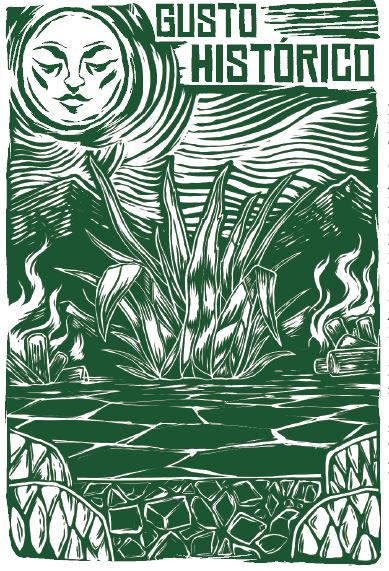
Tobalá was one of the first magueys used to produce monovarietal agave distillates and its fame comes from the Sierra Sura of Oaxaca, the region which Miahuatlán is part of. Like its zapotec name indicates (doba-lá), this maguey likes to grow under the shade of pines, therefore oftentimes the flavor profiles of mezcals produced with this agave are often woodsy.
Maestro Mezcalero: Emanuel Ramos
Region: Miahuatlán, Sierra Sur de Oaxaca
Town: San Antonio Mengolí de Morelos
Climate: Semi dry with summer rains
Altitude: 1550 msnm
Magueys: Agave potatorum
Cooking method: Earth oven/mezquite and guamuche wood
Mash: Stone mill pulled by animals
Fermentation: Natural, in sabino wood tanks, well water and wild yeast
Distillation: (1) in a copper reflux still
Alcoholic adjustment: Cordón / 47.3% Alc./Vol.
Date of production: April 2021 / 175 L
Madrecuishe
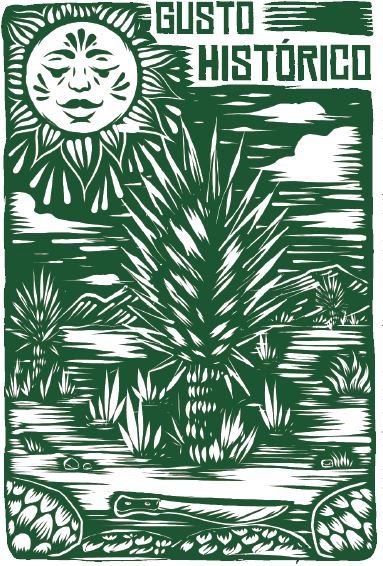
The varieties of Agave karwinskii that grow in the region of Miahuatlán, especially Madrecuixe, are known for capturing and transferring the minerality of the soil of the where they grow as well as the water used in the production of mezcals in this area. Furthermore distillation done in a copper reflux still allows you to preserve a much wider range of distinct flavors and aromas, making the production unique in this region.
Maestro Mezcalero: Emanuel Ramos
Region: Miahuatlán, Sierra Sur de Oaxaca
Town: San Antonio Mengolí de Morelos
Climate: Semi dry with summer rains
Altitude: 1550 msnm
Magueys: Agave karwinskii
Cooking method: Earth oven/mezquite and guamuche wood
Mash: Stone mill pulled by animals
Fermentation: Natural, in sabino wood tanks, well water and wild yeast
Distillation: (1) in a copper reflux still
Alcoholic adjustment: Cordón / 49.1% Alc./Vol.
Date of production: April 2021 / 200 L
Puntas Tepextate, Tobala, y Espadin
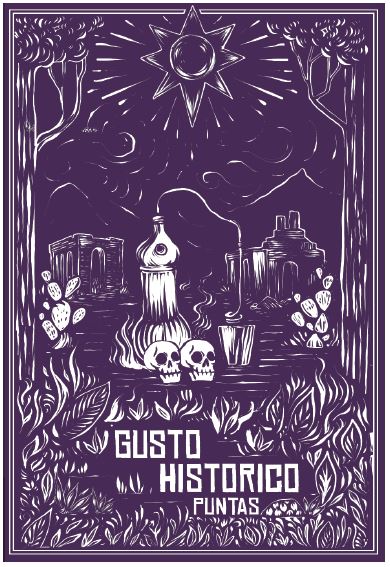
Different historic records affirm that the alcohol content of mezcals from this region coincide with an alcoholic content that is similar to the average of traditional mezcals (45 ABV) and in some cases area above the average ABV, which indicates that the consumption of puntas (heads) was relatively common, furthermore that there were mezcals produced with different species of maguey and using traditional processes of production, thus providing greater complexity and biodiversity to its characteristics. Made with memories and nostalgia, Don Virgilio gives us a production that recreates the flavors of México profundo, the essence of Mexico with mezcal.
Maestro Mezcalero: Virgilio Velasco
Region: Tlacolula de Matamoros
Town: San Luis del Río
Climate: Semi warn and sub-humid in summer
Altitude: 1590 msnm
Magueys: A. marmorata, A. potatorum, and A. angustifolia
Cooking method: Earth oven/mezquite and oak wood
Mash: Stone mill pulled by animals
Fermentation: Natural, in oak wood tanks, well water and wild yeast
Distillation: (2) in a copper still
Alcoholic adjustment: Puntas / 59.1% Alc./Vol.
Date of production: May 2021 / 400 L
